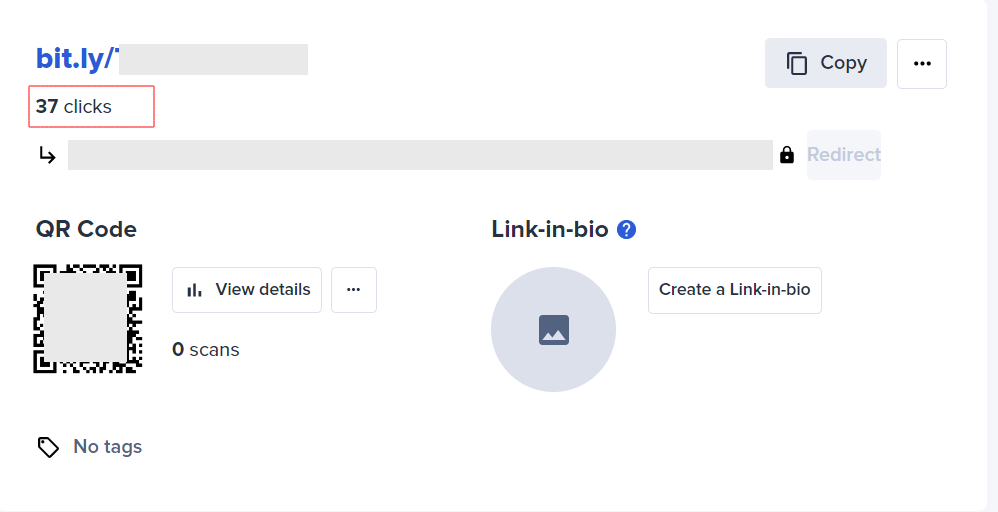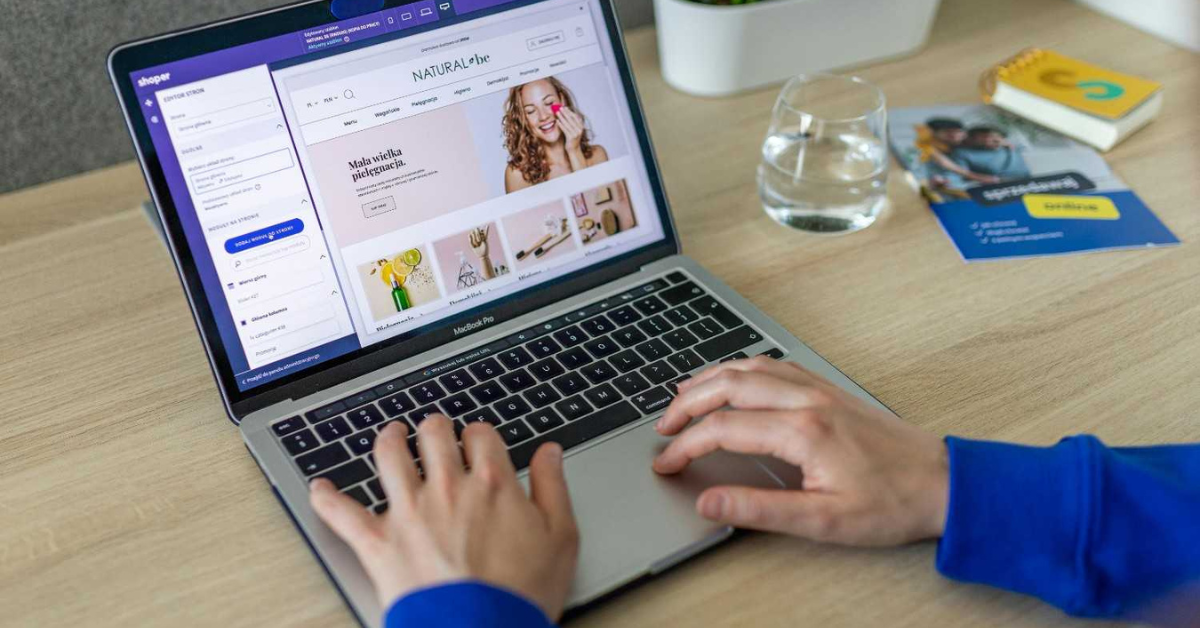SEO or Search Engine Optimization is an excellent way to boost your discoverability on search engines.
But what is SEO, anyway? Search Engine Optimization is the process of improving your website traffic with the help of search engines. The higher your ranking is, the better.
So, SEO should be one of your focuses because it will help you increase your website traffic. And in this step, that's what we'll talk about.
But before that... why is SEO important for your brand and website traffic?
Importance of SEO
1. Provides value
When customers search for keywords or terms... they're looking for an answer. They need something valuable. It can be an informational blog, a site where they can shop what they're looking for, etc.
And your website can be that page. When they search for the things they need, your website should be the most helpful in answering their concerns.
2. Drives relevant people
You're not just driving the most random people to your website. You're driving prospects who are interested in your brand or products.
You should know this because they are searching for your keywords. Let's say you're selling gifts. If they search "where to buy wallets for men," that means they have the intention of buying one.
So, you're driving relevant people to your website—those genuinely interested in your brand or products.
3. Increases your visibility
Of course, this is one of the most important benefits of SEO. It can increase your visibility if you rank higher on search engines.
Because when your potential customers search for specific terms, your website will appear on the SERPs or Search Engine Results page's first page.
SEO is probably the cheapest way to drive traffic to a website because it's organic. So...
1. Provides value
When customers search for keywords or terms... they're looking for an answer. They need something valuable. It can be an informational blog, a site where they can shop what they're looking for, etc.
And your website can be that page. When they search for the things they need, your website should be the most helpful in answering their concerns.
2. Drives relevant people
You're not just driving the most random people to your website. You're driving prospects who are interested in your brand or products.
You should know this because they are searching for your keywords. Let's say you're selling gifts. If they search "where to buy wallets for men," that means they have the intention of buying one.
So, you're driving relevant people to your website—those genuinely interested in your brand or products.
3. Increases your visibility
Of course, this is one of the most important benefits of ecommerce SEO. It can increase your visibility if you rank higher on search engines.
Because when your potential customers search for specific terms, your website will appear on the SERPs or Search Engine Results page's first page.
SEO is probably the cheapest way to drive traffic to a website because it's organic. So...
1. Conduct a keyword research
Keywords are crucial in SEO. Why? Because these are the terms, your prospects use when searching on the search engine.
Here is an example:

As you can see, these are the results when I searched for "smartwatch for women." There's an eCommerce site and a magazine for women on the top results.
And just imagine how many people will click on your website if you're on the top result. That's the position you should strive for.
Before anything else, let's discuss some types of keywords because these are important in finding the right keywords to use.
- Short-tail keywords. These keywords consist of 3 words or fewer. For example, "affordable watches."
- Long-tail keywords. These keywords have more than three words. Because of that, they usually have a few search volumes. And they include keywords related to your brand. For example, "affordable rose gold watches."
- Short-term keywords. These keywords have been relevant for some time. Since that's the case, the search volume decreases once the relevance or trend decreases.
- Long-term evergreen keywords. Evergreen keywords are relevant at all times. For example, "how to take care of leather watches." These keywords are still related to your products and brand.
- Geo-targeting keywords. You should include geo-targeting keywords in your strategy if you have a physical store. As the term suggests, it includes your location. For example, "smartwatches in the United Kingdom."
Now that you know some keywords to consider, let's discuss how to conduct keyword research.
First, you need to make a list of possible keywords that are related to your niche and target market. For example, you're selling clothes. Some keywords are "clothes for men," "clothes for toddlers," etc.
Doing so will give you an idea of what keywords to consider when researching for the keyword volumes.
Next, use keyword research tools. This will make your life easier and give you accurate results. Some tools you can use are:
Then list all the keywords you come up with and use them on your website, blogs, social media, etc. This way, you can increase your chances of ranking higher on the SERPs.
2. Update your web content
For sure, you already have a lot of existing content on your website. So, you need to update them to boost your discoverability and get more traffic.
These include:
In doing so, you can make your content more discoverable by using the keywords you researched strategically.
3. Enhance technical SEO
Prospects can't visit your website if you don't enhance your technical SEO. Why? Because this is about how your website works.
If it doesn't work efficiently... how can they visit it, right? So, let's improve your technical SEO by...
- Improving your website speed. How can you generate traffic if your website is loading slowly? Make sure to improve your website speed by removing unnecessary plugins and compressing large product images.
- Securing your website. You should get an SSL certificate to boost your site's credibility. SSL certificates can also prevent interrupted session timeouts on your website.
- Having a responsive website. You can't get more traffic if your website isn't working efficiently. So, you should ensure its responsiveness at all times.
Have you added these things to your checklist for increasing website traffic? Make sure to take note of all of these because there's more!















